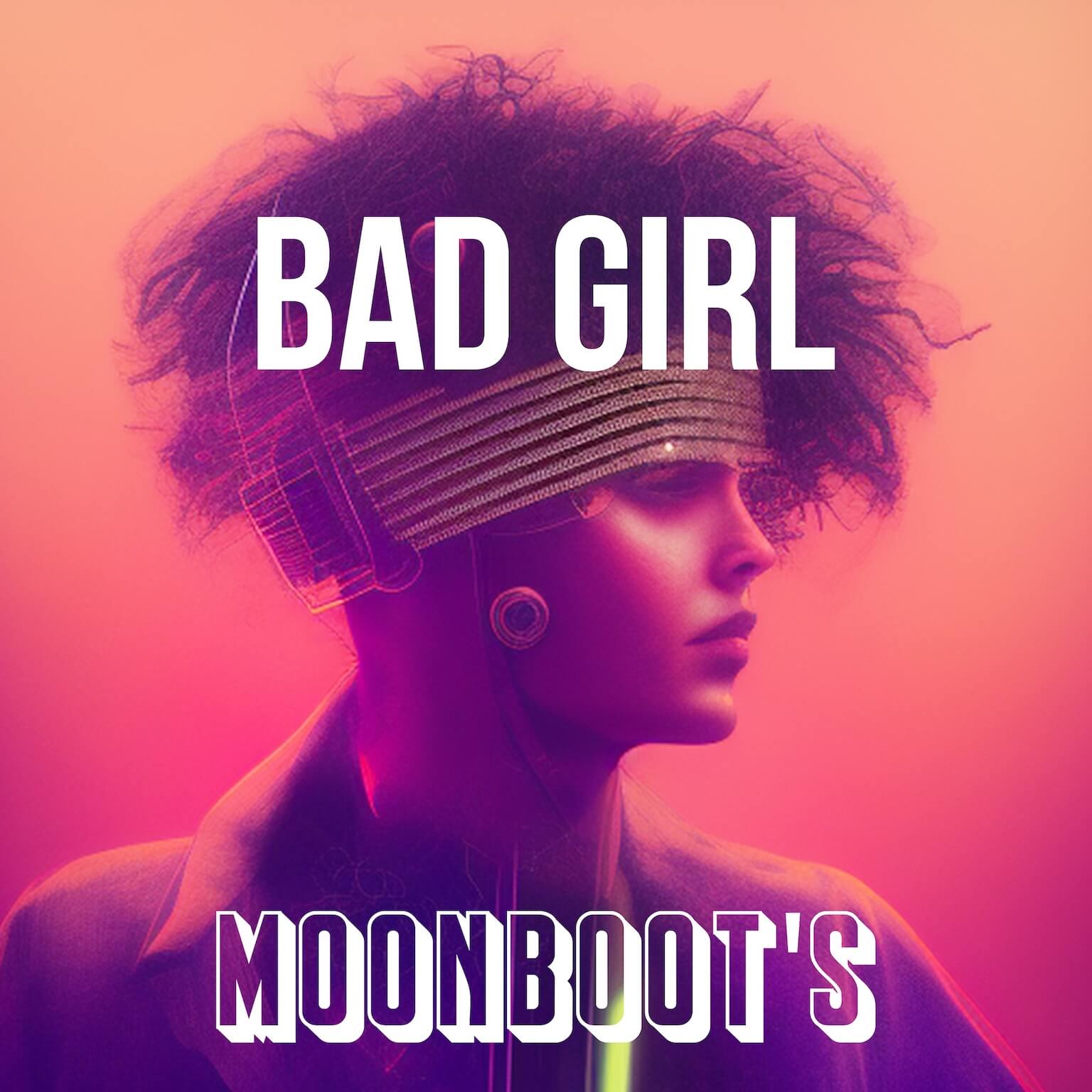Screen Scene of 2025: The Brawl for the Future of Entertainment

As 2025 approaches, the film and television industry finds itself at an exciting crossroads. Here, technology, storytelling, and changing audience expectations collide to redefine entertainment. In this article, we explore the trends shaping the future of film and TV, where innovation meets tradition in a brawl for the next generation of cinematic experiences.
Share to Social Media

Screen Scene of 2025: The Brawl for the Future of Entertainment
1. AI-Generated Content: Machines in the Director’s Chair
Artificial Intelligence is moving from background tools to creative collaborators. In 2025, AI is more than a shortcut; it’s helping create scripts, enhancing visual effects, and even developing virtual actors. Studios are harnessing AI to decode audience preferences and fine-tune narratives, enabling faster, more cost-effective productions. As AI’s influence grows, the line between human creativity and machine contribution blurs, setting up a battle over storytelling authenticity and innovation.

2. Immersive Storytelling: Virtual and Augmented Realities Redefine the Screen
Virtual Reality (VR) and Augmented Reality (AR) are transforming the viewer experience by turning audiences into participants. By 2025, stories aren’t just watched—they’re explored. These immersive technologies let viewers choose perspectives, interact with characters, and shape outcomes, pulling them into stories in ways that traditional viewing can’t. This shift marks a new frontier, where the boundaries of storytelling expand and the screen becomes a world of its own.

Design. Build. Launch. No Code Needed.
From portfolio websites to full webshops – Elementor lets you build custom WordPress sites visually, fast and beautifully. Join 14M+ users who choose freedom, flexibility, and full design control.
3. Personalized Viewing: Entertainment Tailored to You
Personalization is the future of streaming. In 2025, advanced algorithms not only suggest shows but craft viewing schedules, interactive features, and custom playlists tailored to each viewer’s taste. Streaming platforms are racing to create the ultimate personal experience, where data-driven insights ensure every viewer’s journey is unique. The battle for attention moves from broad genres to individual preferences, making each viewer feel seen and valued.
4. Streaming Dominance: The New Era of On-Demand Content
The streaming revolution continues to reshape the industry, as on-demand platforms outpace traditional TV. By 2025, streaming services aren’t just competing for viewers—they’re reshaping distribution, pushing cable networks to innovate or risk irrelevance. Original programming is a key weapon in this battle, with platforms investing heavily in exclusive series and films to win over subscribers. Streaming is the new normal, driving competition and creativity across the board.
5. Serialized Storytelling: The Power of the Ongoing Narrative
Audiences in 2025 are drawn to the depth and complexity of serialized storytelling, where characters evolve and plots twist over multiple seasons. Limited series, anthologies, and intricate narratives offer viewers the chance to immerse themselves in a rich story world. This trend reflects a shift toward long-form narratives that keep audiences invested, challenging creators to build expansive, engaging story arcs.
AMG Presents Moonboots
6. A Commitment to Diversity: New Voices, New Stories
Diversity and inclusion are now essential, not optional. By 2025, the industry is embracing a broader spectrum of voices, with more representation both on-screen and behind the scenes. This push is reshaping narratives to better reflect the world we live in, enriching stories with authenticity and relatability. Audiences are demanding change, and the industry is responding by fostering a more inclusive, representative entertainment landscape.
7. Sustainable Production: Going Green on Set
Sustainability is no longer an afterthought—it’s a standard. Studios are adopting eco-friendly practices, from green set designs to digital-only releases, to minimize their environmental impact. In 2025, the entertainment industry is embracing a greener future, proving that creativity and responsibility can coexist. This trend isn’t just a nod to sustainability; it’s a call to action, reshaping how stories are made for a planet-conscious audience.
8. Hybrid Releases: Flexibility in Film Debuts
As viewing habits shift, so does the traditional theatrical release. Hybrid models, where films debut in theaters and on streaming platforms simultaneously, are becoming the norm. This flexible approach caters to a diverse audience, letting viewers choose how and where they watch. The result is a more inclusive and far-reaching release model that adapts to the demands of modern audiences.
9. Cross-Cultural Storytelling: A Global Perspective
Globalization is transforming storytelling, fostering cross-cultural collaboration and producing content that speaks to international audiences. By 2025, co-productions and multilingual projects are the norm, reflecting a world where stories transcend borders. This fusion of storytelling styles and themes enriches content, appealing to a global audience and creating narratives that feel universal.
10. Tech-Powered Filmmaking: Innovation Behind the Camera
Technological advancements are reshaping production, from drone cinematography to high-resolution cameras and virtual production techniques. In 2025, filmmakers are pushing the boundaries of visual storytelling, using tech to create stunning scenes that captivate audiences. This integration of cutting-edge tools reflects a new era of creativity where the limits of film are constantly redefined.
11. Social Media Synergy: Engagement as Promotion
Social media is more than a marketing tool; it’s a direct line to audiences. In 2025, platforms like TikTok and Instagram play a crucial role in content promotion, bridging the gap between creators and viewers. Studios are using social media not only to market content but to build communities, fostering an ecosystem where engagement drives loyalty.
12. Niche Streaming Services: Content for Every Fan
Beyond mainstream platforms, niche streaming services are catering to specific genres and interests. By 2025, these specialized platforms offer curated content for dedicated fan bases, from horror enthusiasts to anime aficionados. This trend highlights a shift towards personalization and the rise of dedicated streaming communities, giving every viewer a place to belong.
13. Fan-Driven Content: Empowering Audiences
Fan engagement has never been more influential. In 2025, studios are considering fan feedback in real-time, with some projects even crowdsourcing funds or ideas. This collaborative approach fosters a creative environment where audiences feel they’re part of the storytelling process, creating a feedback loop between creators and fans that reshapes narratives.
14. Blockchain for Digital Rights: A Transparent Future
Blockchain is entering the entertainment industry as a powerful tool for managing digital rights and ensuring fair compensation. By 2025, blockchain technology will safeguard intellectual property, offering transparent royalty distribution and empowering creators with control over their work. This innovation brings integrity and accountability to the business side of entertainment.
15. Short-Form Content: Bite-Sized Stories for Busy Viewers
In a fast-paced world, short-form content is thriving. Platforms like TikTok have popularized bite-sized entertainment, and by 2025, short-form series and films are a mainstay, catering to audiences looking for quick, engaging stories. This trend reflects the demand for accessible, mobile-friendly content that fits seamlessly into busy lives.
16. Reviving Classic Franchises: Nostalgia Reimagined
Nostalgia is a powerful draw, and studios are breathing new life into classic franchises. By 2025, audiences can expect reboots, sequels, and spin-offs that honor beloved stories while updating them for a new generation. This revival taps into emotional connections, blending the comfort of the familiar with contemporary twists.
17. Interactive Content: Choose Your Own Adventure
In 2025, interactive storytelling is taking entertainment to new levels. Beyond passive viewing, audiences can shape story outcomes, explore alternate paths, and engage deeply with characters. This trend blurs the line between gaming and film, making stories feel personal and dynamic in ways that change how we consume media.
18. Virtual Production as the New Standard
Virtual production, using LED walls and real-time rendering, is revolutionizing film sets by replacing physical locations. This technology offers filmmakers a vast creative toolkit, cutting costs, reducing environmental impact, and allowing for scenes that would be impossible in real life. By 2025, virtual production is a staple, bringing visionary worlds to life.
19. Gaming Meets Cinema: A New Storytelling Frontier
As gaming and film converge, the line between them blurs. Platforms like Fortnite are already hosting in-game concerts and interactive experiences, and by 2025, gaming environments will be canvases for cinematic storytelling. This hybrid medium invites audiences to step into stories and experience them like characters, merging the immersion of gaming with the narrative depth of film.
20. Gen Z’s Influence: Shaping the Future of Entertainment
Gen Z is redefining entertainment with a demand for authenticity, inclusivity, and social consciousness. In 2025, their influence is pushing studios to create stories that resonate with values like sustainability and social justice. Content is evolving to speak directly to this digital-native generation, changing the industry from the inside out.
As we look to 2025, film and TV are entering a groundbreaking era where technology, interactivity, and inclusivity transform the way we experience stories. The industry’s evolution reflects a deeper connection with audiences, driven by creativity, representation, and a commitment to meaningful storytelling. For viewers and creators alike, the next chapter promises excitement, engagement, and endless possibilities.






